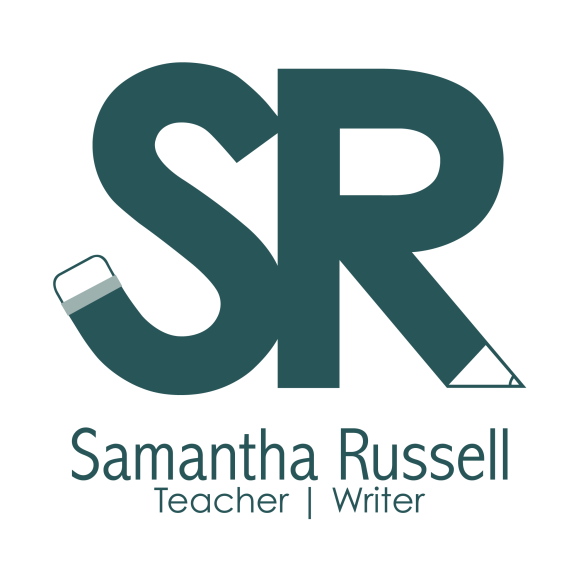I am halfway through teaching a scientific writing course. My client researches cybersecurity and wants to improve his academic writing. Of course, I don’t teach cybersecurity. I simply couldn’t. I teach how to write. And scientific writing has a few things in common with, surprisingly enough, copywriting.
Sure, the structures change. A white paper on cybersecurity and a piece of SEO copywriting have unique structures. Also, copywriting is informal and doesn’t use the passive voice whereas scientific writing is the opposite. But surprisingly, they share five rules…
Avoid: there is/are
Poor scientific writing: There are several consequences that could arise.
Good scientific writing: Several consequences could arise.
Poor copywriting: There are many reasons why the Taj Mahal should be a must on your list of places to visit; for example, it is breathtakingly massive.
Good copywriting: Its sheer size makes the Taj Mahal a must-see.
Use there is/are only to state that something exists; for example, there is a woman standing at the door. Otherwise, leave this structure well alone regardless of whether you’re writing a white paper on cybersecurity, selling a piece of real estate, or coming up with a new slogan for McDonald’s. Don’t use it is a run up to the main point of the sentence.
Be Concise
Don’t use two words when one word will do.
Poor scientific writing: This makes the flow slower and slower.
Good scientific writing: This slows the flow.
Poor scientific writing: This made it hard to see what was happening.
Good scientific writing: This impaired vision.
Poor scientific writing: This makes the temperature of the wire hotter.
Good scientific writing: This makes the wire hotter.
Look at the last example. It’s obvious it’s the temperature of the wire that gets hot so why mention the word temperature? What else gets hot if it isn’t temperature? Remember, words can be long, but sentences shouldn’t. Concise sentences have few words.
Poor copywriting: As I walked slowly along the streets of the Old Town, I couldn’t help but notice how nice and relaxed people were and how many local people were enjoying eating ice creams.
Good copywriting: As I ambled around the Old Town, I noticed laidback locals savoring ice creams.
And writing concisely brings me on to my next point…
Use Linking Words
Do not write long sentences with many commas separating ideas within the sentence. Your readers will lose the will to live! Sentences should be short. Use a linking word (consequently, therefore, so, etc.) at the beginning of your sentence to give your writing flow.
Use the Oxford Comma
Such a small mark makes such a big difference. Here’s an example without the Oxford comma: Results were shared with the team, Professor Black and Professor White.
The reader may think the results were given to the team and that the team is made up of two people: Professor Black and Professor White.
However, let’s insert the Oxford comma and see what happens: Results were shared with the team, Professor Black, and Professor White.
Now the reader understands that the professors are are not in the team. Both professors received the results. The team also received the results.
The Oxford comma is sometimes called the serial comma and resolves ambiguity.
And it’s not just for scientific writing…
Poor copywriting: The play’s about about Neil Diamond, a sexual deviant and a terrible sous chef.
Good copywriting: The play’s about about Neil Diamond, a sexual deviant, and a terrible sous chef.
In the example of good writing, we understand the play is about three characters: Neil Diamond, a deviant, and a chef. In the prior example, we are smearing poor Neil Diamond’s name!
Know Your Reader
You never write for yourself (unless it’s the diary you keep hidden under your pillow). You write for your reader. Make sure your reader can understand without needing to ask questions. This is especially true for scientific writing. Sure, technical terms can’t be changed. Nonetheless, anybody should be able to read a description of a process and understand what is happening. For example, they may not know what a “sink” and an “attack payload” are (as in cybersecurity, not your kitchen sink), but they should be able to get the gist of the sentence. It’s a good idea to get somebody who doesn’t know anything about your topic to read over what you’ve written. If they can understand the main points without understanding the finer details, you’ve done a good job.
Remember: be concise and write for your reader no matter what you’re writing.


Comments are closed